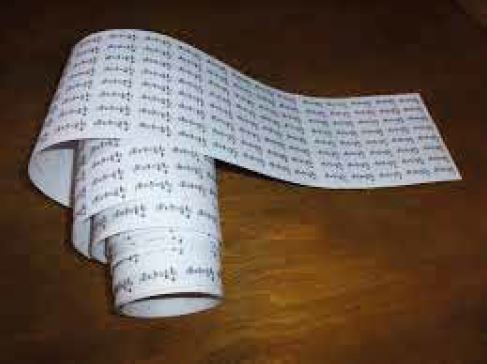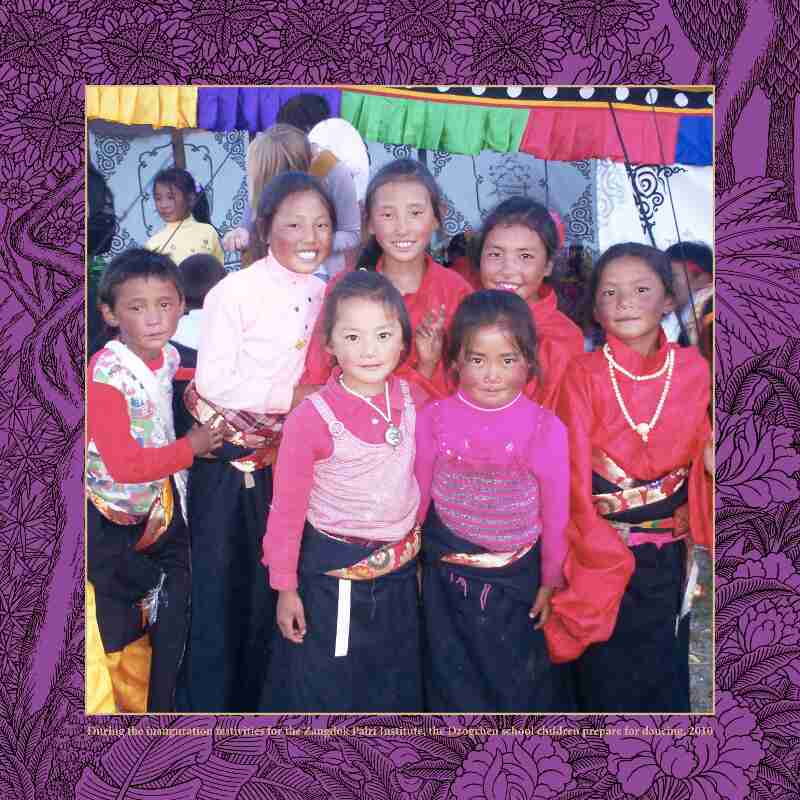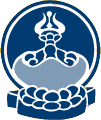 ZANGDOK PALRI ACTUALITES
ZANGDOK PALRI ACTUALITESSambhota Primary School – Orphanage & Sambhota Secondary School
No 27 – Septembre 2015
For 2016
the Tibetan year of the Fire Monkey 2143
the Wisdom Treasury publishing house presents a magnificent wall calendar containing a series of pictures of the Dzogchen school and orphanage.
Photos of the Zangdok Palri Institute complete the calendar.
Printed on high quality paper, the calendar shows the main Tibetan holidays.
25x25cm, price 12€.
You can order your calendar on the Wisdom Treasury website
A few notes on prayer wheels
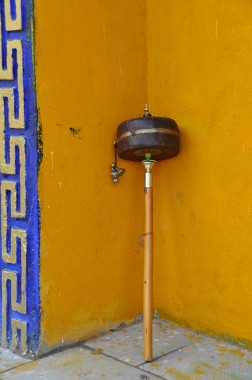
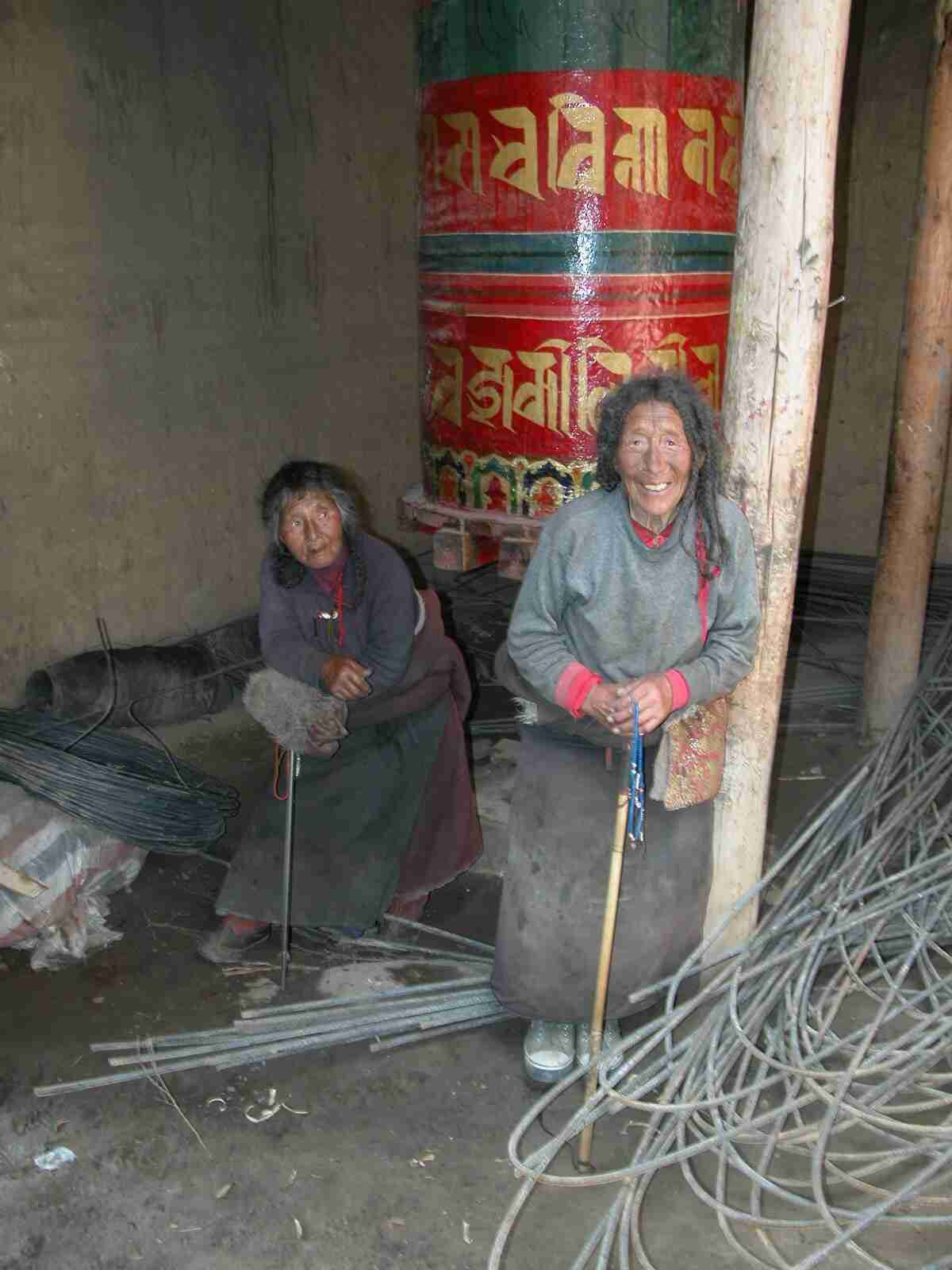
Hand-powered prayer wheels (Dzogchen, 2010)
Found all over Tibet, prayer wheels are among the many religious symbols of a people steeped in the Buddhist tradition.
A prayer wheel is a metal or wood cylinder that is often richly decorated and engraved. It contains strips of paper or fabric filled with prayers and rotates freely around an axle, helped by a small lead weight attached with a chain.
The wheel is held in the right hand and must always rotate clockwise, in the same way as one would read the texts inside.
These cylinders contain the wisdom and compassion teachings of the Buddha, condensed into profoundly meaningful syllables called mantras. For the faithful, each turn of the prayer wheel equals a recitation of the mantras inside, for one’s own benefit and that of all other beings. The cylinder’s rotation is a metaphor for the setting in motion of the wheel of Dharma, which is the sacred way of referring to the Buddha’s very first teachings.
The most often used mantra is OM MANI PADMA HUNG, the syllables representing compassion.
Each turn of the prayer wheel is meant to spread the blessings it contains in order to reach all beings. In return, this enables the practitioner to accumulate merit and ensure positive karma. Many Tibetans turn their prayer wheels as soon as their hands are free while walking along or when seated, all the while softy reciting the mantras. You constantly come across people, often the elderly, who do this practice as an integral part of their daily activities.
Prayer wheels are often found outside the entrance to a residence, to be set in motion by whoever enters or leaves.
Large-sized wheels are often arranged in long rows in front of monasteries, temples or places of pilgrimage, set in motion one after the other by the right hand of the faithful passer-by. In this case, the beneficial effect is greatly multiplied as these cylinders contain thousands of mantras.
But prayer wheels are not moved by human energy alone. Some wheels are powered by the wind or by the current of the stream they are placed in, others by the heat of a candle, a hearth or a light bulb, still others are powered electrically. As a result, the wheel’s owner finds himself constantly engaged in prayer.
Moreover, present day technology lends an unexpected helping hand to spiritual practice. Not only do some cylinders today contain an extraordinary number of mantras on microfilm, but His Holiness the Dalai Lama explains that uploading mantras to your computer produces the same effect as a traditional prayer wheel, except that the high speed rotation of the hard drive helps spread the prayers of compassion much more powerfully in all directions!
Looking inside a prayer wheel, we find a rolled-up roll of paper, several meters long, inscribed with mantras. The script is Devanagari, an ancient writing system used for Sanskrit but also for a number of present-day languages in India and Nepal.

